- Introduction
- Candidates
- Consultation
- Question to Ask
- Risks and Safety
- Procedure
- Recovery
- Results
- Before and After Photos
- Choosing a Plastic Surgeon
- Animation
What is botulinum toxin type A?
The cosmetic form of botulinum toxin is a popular injectable that temporarily reduces or eliminates facial fine lines and wrinkles. The most commonly treated areas are frown lines, forehead creases, crow’s feet near the eyes. Several other areas have been treated such as thick bands in the neck, thick jaw muscles, lip lines and gummy smiles.
Botulinum toxin is a purified substance that’s derived from bacteria. Injections of botulinum toxin block the nerve signals to the muscle in which it was injected. Without a signal, the muscle is not able to contract. The end result is diminished unwanted facial wrinkles or appearance. Commonly known types of botulinum toxin type A injections include Botox®, Dysport®, Xeomin® and Jeuveau®.
Botulinum toxin can be used to
- Smooth crow’s feet, forehead furrows, frown lines, lip lines and bunny lines
- Diminish neck bands
- Improve the appearance of skin dimpling of the chin
- Lift the corners of the mouth
- Soften a square jawline
- Correct a gummy smile
The FDA has approved the use of Botox® for the frown lines and crow’s feet, while Dysport® and Xeomin® are approved for frown lines only. All other uses are considered “off label.”
Who is a good candidate for botulinum toxin injections?
Smiling, frowning, squinting and even chewing—basically any facial movement—can eventually lead to one of the most common signs of aging – wrinkles. They can make you appear tired or even angry when you are not. One of the quickest and safest remedies to remove wrinkles is an injection of botulinum toxin type A.
Botulinum toxin can be combined with other cosmetic skin procedures—such as chemical peels, laser treatments, dermal fillers or microdermabrasion—to further improve your results. This combination of therapies can even help to prevent the formation of new lines and wrinkles.
What should I expect during a consultation for botulinum toxin injections?
During your botulinum toxin consultation be prepared to discuss:
- Your goals
- Medical conditions, drug allergies and medical treatments
- Current medications, vitamins, herbal supplements, alcohol, tobacco and drug use
Your plastic surgeon may also:
- Evaluate your general health status and any pre-existing health conditions or risk factors
- Discuss likely outcomes and any risks or potential complications
Botulinum toxin is a minimally invasive injection that’s given in your plastic surgeon’s office.
The consultation is the time to ask your plastic surgeon questions. To help, we have prepared a checklist of questions to ask during your botulinum toxin consultation.
It’s natural to feel some anxiety, whether it’s excitement for your anticipated new look or a bit of stress. Don’t be shy about discussing these feelings with your plastic surgeon.
What questions should I ask my plastic surgeon about botulinum toxin injections?
Use this checklist as a guide during your botulinum toxin consultation:
- Are you certified by the American Board of Plastic Surgery?
- Were you specifically trained in the field of plastic surgery?
- Is the office-based surgical facility accredited by a nationally- or state-recognized accrediting agency, or is it state-licensed or Medicare-certified?
- Am I a good candidate for botulinum toxin?
- What will be expected of me to get the best results?
- Who will perform the botulinum toxin injections?
- Have they been specifically trained in this procedure?
- Where and how will you perform my procedure or treatment?
- How long of a recovery period can I expect?
- What are the risks and possible complications associated with my procedure?
- How can I expect to look over time?
- Do you have before-and-after photos I can look at for this procedure
- What results are reasonable for me?
What are the risks of botulinum toxin injections?
You may resume normal activities immediately.
One note of caution: Don’t rub or massage the treated areas after the wrinkle treatment because it can cause the botulinum toxin to migrate to another area of your face. If this happens, you could have temporary facial weakness or drooping.
Although generally safe, botulinum toxin side effects and complications can include:
- Bruising and pain at the injection site
- Flu-like symptoms
- Headache
- Nausea
- Redness
- Temporary facial weakness or drooping
- It is very unlikely that the toxin might spread beyond the treatment area, causing botulism-like signs and symptoms such as breathing problems, trouble swallowing, muscle weakness and slurred speech
What are the steps of a botulinum toxin injections?
Injections of botulinum toxin may seem like a simple procedure to you, since it’s just a few shots. But it’s actually both an art and science that only an experienced healthcare professional should do.
There are 43 muscles in your face and it’s vital that the person who performs botulinum toxin injections understands and pinpoints the correct spots to optimize your treatment.
A very thin needle is used to inject small amounts of botulinum toxin into specific muscles. By carefully choosing specific muscles, your healthcare provider weakens only the wrinkle-producing muscles, preserving your natural facial expressions.
Botulinum toxin treatment injections usually take less than 15 minutes.
The number of injections you need will depend on your facial features and the extent of your wrinkles. Crow’s feet, for example, usually demand two to three injections. Furrows above your brow could take five or more.
What should I expect during my recovery after botulinum toxin injections?
No anesthesia is required. There is no down time or recovery time for botulinum toxin injections.
You may resume normal activities immediately.
One note of caution: Don’t rub or massage the treated areas after the wrinkle treatment because it can cause the botulinum toxin to migrate to another area of your face. If this happens, you could have temporary facial weakness or drooping.
What results should I expect after botulinum toxin injections?
You may notice results within a few days, but it can take up to a week to see the full effect. This improvement typically lasts about three to four months.
When the effects of botulinum toxin begin to fade, your muscle reactions and the wrinkles will return.
Botulinum Toxin Before & After Photos
View before and after photos of botulinum toxin procedures performed by members of the American Society of Plastic Surgeons.
 | 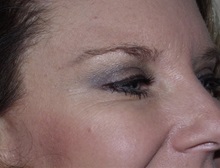 | 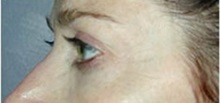 | 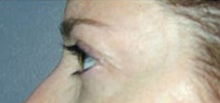 |
 |  |  |  |
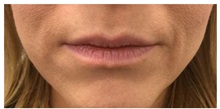 | 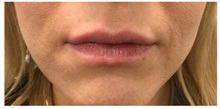 | 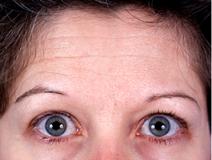 | 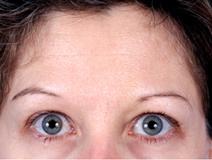 |
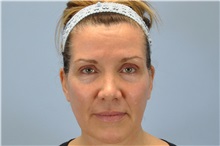 | 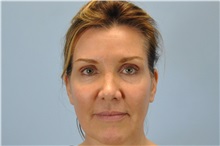 | 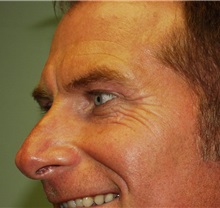 | 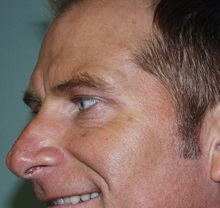 |
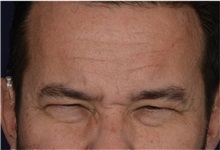 | 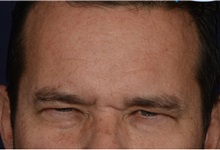 |  | 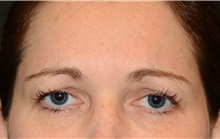 |
How do I choose a plastic surgeon for botulinum toxin injections?
The decision to have botulinum toxin type A injections involves many choices. The first and most important is selecting a board-certified plastic surgeon you can trust who is a member of the American Society of Plastic Surgeons (ASPS).
ASPS member surgeons meet rigorous standards:
- Board certification by the American Board of Plastic Surgery® (ABPS) or in Canada by the Royal College of Physicians and Surgeons of Canada®
- Complete at least six years of surgical training following medical school with a minimum of three years of plastic surgery residency training
- Pass comprehensive oral and written exams
- Graduate from an accredited medical school
- Complete continuing medical education, including patient safety, each year
- Perform surgery in accredited, state-licensed, or Medicare-certified surgical facilities
Do not be confused by other official-sounding boards and certifications.
The ABPS is recognized by the American Board of Medical Specialties (ABMS), which has approved medical specialty boards since 1934. There is no ABMS recognized certifying board with “cosmetic surgery” in its name.
By choosing a member of the American Society of Plastic Surgeons, you can be assured that you are choosing a qualified, highly-trained plastic surgeon who is board-certified by the ABPS or the Royal College of Physicians and Surgeons of Canada.
